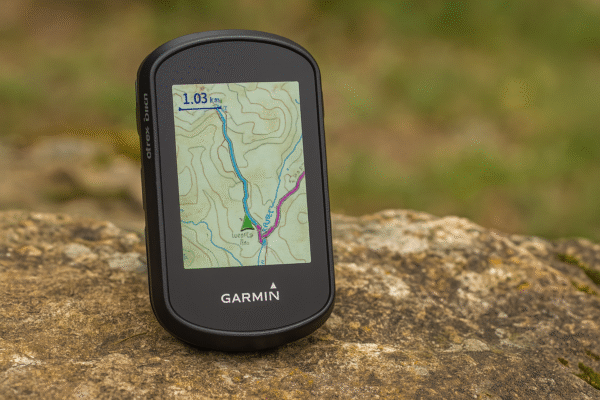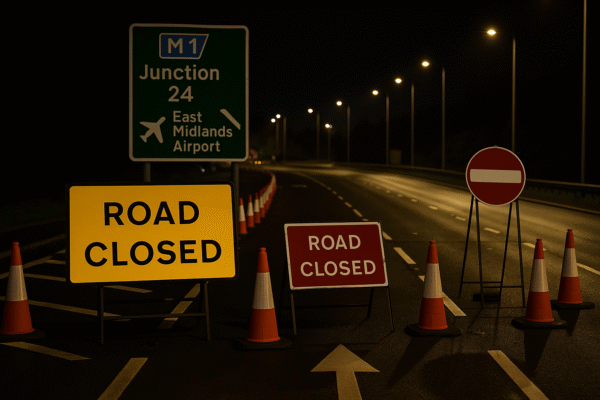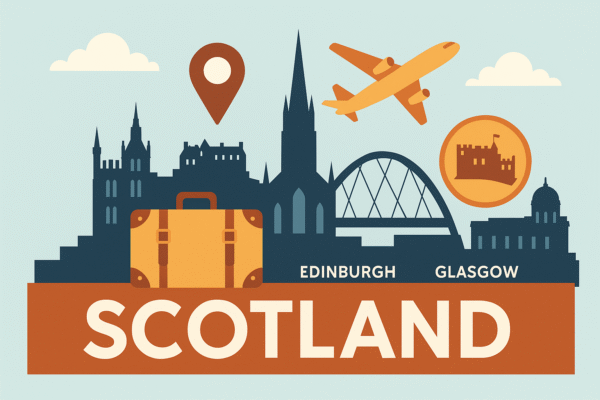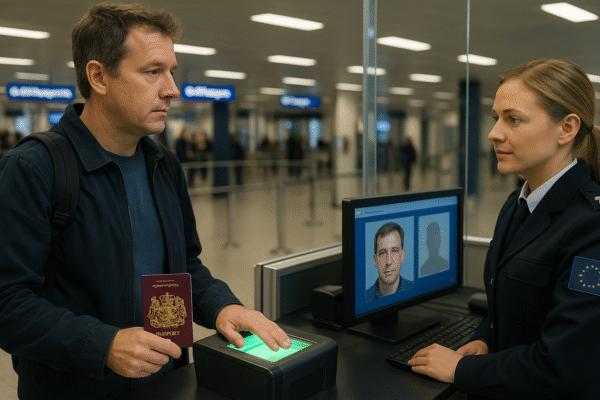British holidaymakers planning European getaways from October face a major shake-up in how they cross EU borders. The European Union’s new Entry/Exit System (EES) is set to come into force on October 12, bringing with it biometric checks, including fingerprint and facial scans, for all non-EU nationals. For millions of UK tourists, this marks the biggest shift in border procedures since Brexit—and experts warn it could create chaos at airports, ports, and train stations during peak travel periods.
The EES has been designed to strengthen border security, track overstays, and modernise entry processes. But for travellers unfamiliar with the system, the immediate effect could be longer queues, missed connections, and plenty of frustration.
What Is the New Entry/Exit System?
The Entry/Exit System is a high-tech database that will replace the manual passport stamping currently used for non-EU visitors. Every time a traveller enters the Schengen Area, they will be required to register biometric data. This includes:
- Fingerprints
- Facial recognition scans
- Electronic records of entry and exit dates
The system is aimed at improving border security, tackling identity fraud, and ensuring compliance with the EU’s 90-day rule for short stays. While it promises efficiency in the long term, the transition period is expected to cause teething problems.
Why Travellers Should Expect Delays
Despite being announced well in advance, surveys show many British tourists remain unaware of these upcoming changes. Travel hubs such as Dover, London St Pancras, and major airports are likely to see severe bottlenecks, particularly as families head abroad for the October half-term holiday.
Border officials, airlines, and ferry operators are preparing for an adjustment period, but delays will be unavoidable at first. Unlike passport stamping, biometric registration takes more time—especially for first-time entries under the system. Families with children may also need longer, as procedures for minors are expected to be slower.
Experts have warned that unprepared travellers could cause a “domino effect” of delays, impacting not just themselves but everyone waiting in line behind them.
Practical Advice for British Holidaymakers
To reduce the risk of disruption, travel experts are urging UK tourists to prepare thoroughly before departure.
1. Arrive Early
Airlines typically advise passengers to check in at least 2–3 hours before a flight. Under the new rules, travellers are recommended to allow an extra hour for border control. At ferry ports and Eurostar terminals, arriving early will also be crucial.
2. Keep Documents Ready
Have your passport and travel details accessible at border control. Being organised helps queues move more smoothly and prevents additional delays.
3. Expect Questions
Border officers may ask for proof of accommodation, return tickets, or financial means to support your stay. Being prepared with clear answers will help avoid complications.
4. Plan for Families
If travelling with children, factor in additional time for biometric registration. While the process is straightforward, young travellers often need extra attention during checks.
Impact on Key Travel Routes
British holidaymakers frequently travel to France, Spain, Italy, Greece, and Portugal—all of which are part of the Schengen Area and will fully implement the EES.
- Eurostar terminals and St Pancras Station: Expect longer lines as passengers register biometrics before boarding trains to Paris, Brussels, and beyond.
- Port of Dover and ferry crossings: Already prone to congestion during school holidays, delays could worsen significantly once biometric checks are introduced.
- Major airports: Heathrow, Gatwick, and Manchester will likely need to adjust departure schedules to account for longer boarding times at European destinations.
Long-Term Benefits of the EES
While the short-term outlook may appear daunting, EU officials stress that the system will benefit travellers in the future. By replacing manual passport stamps, the EES will create a faster, more reliable record of entries and exits. Over time, as travellers complete their initial registration, border checks are expected to speed up.
The system will also provide better protection against identity fraud and help prevent people from overstaying their visas. For regular travellers, it will eventually reduce bureaucracy and simplify cross-border movements.
What Travellers Should Do Now
Holidaymakers heading to Europe after October should take proactive steps:
- Check travel advisories before departure to stay updated on the new requirements.
- Arrive early at airports, ferry terminals, and train stations.
- Prepare documents such as accommodation details, return tickets, and proof of finances.
- Allow extra time for families, especially during busy periods like school holidays.
Above all, travellers should remain patient. The introduction of biometric border checks is a major transformation, and initial disruption is inevitable.
The Bottom Line
From October 12, British holidaymakers entering the EU will face a new era of border control. The Entry/Exit System promises long-term benefits but is expected to create major short-term headaches, with delays likely across Europe’s busiest travel hubs.
By planning ahead, allowing extra time, and being fully prepared for the biometric process, British tourists can minimise the stress and enjoy smoother journeys. While the changes may feel inconvenient at first, they are part of a wider push to modernise travel, strengthen security, and ensure compliance with European entry rules.
For now, the message is clear: don’t get caught off guard—plan ahead and be prepared.
For more travel news like this, keep reading Global Travel Wire


















